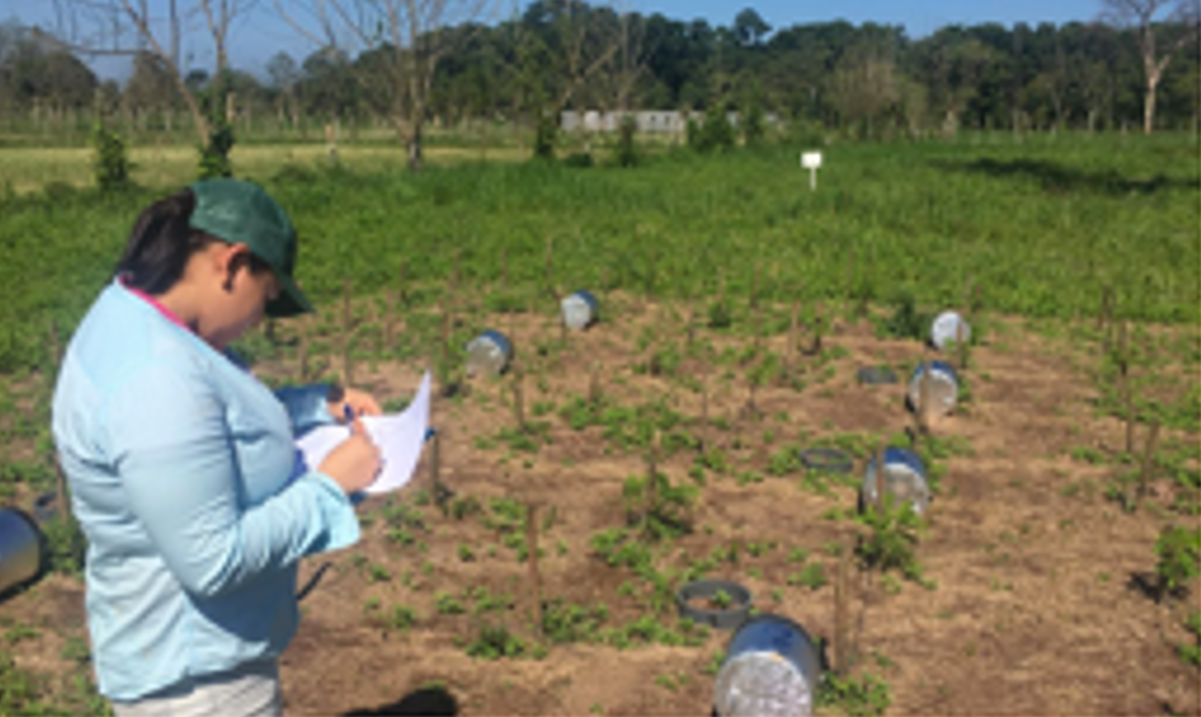
About us: This consortium was integrated by Costa Rica, Honduras, Nicaragua, and Panama.
Historical context: Enteric fermentation (methane) is the main source of GHG emissions. The most productive farms had lower emissions due to their mitigation strategies, such as supplementing with high-quality forages and using improved pastures. Although 88% of producers do not have any manure management plan at all, some farms use it for biogas or biofertilizer production. These strategies are especially important in the current context where there is no differentiated price for products produced in a more environmentally friendly manner.

*Other: manure,electricity, fertilization and fuel.
The Challenge: to generate strategies that enhance productivity and lower GHG emissions in farms with low intensification levels
The objective: to develop and validate methodologies for GHG emissions quantification, and to calculate economic indicators according to management and GHG emission on farms.
The Methodology: The first phase of the project consisted of the analysis of GHG emissions and livestock farms' profitability. Then, nitrous oxide (N2O) and methane (CH4) emissions were experimentally quantified. To estimate GHG, all emissions generated inside and outside of the farms were taken into consideration. For consistency, all GHG emissions were expressed as CO2e.
The Technical Solution: Farms with lower intensification only have grazing systems and generate more CH4 emissions than higher intensified farms. Farms with greater intensification systems have better feeding and management strategies such as supplementing lactating cows with commercial concentrates and silages, soil analysis, rest periods, proper animal load and type of forages fed to cattle. All these strategies result in greater milk production per cow and lower CH4 emission per liter of milk produced.
The Results: Enteric fermentation is the main source of livestock emission. Farms less intensified only have grazed animals and generate 103% more methane emissions than more intensified farms that supplement with forage banks and concentrates. Furthermore, more intensified farms produce an average of 2.1 more liters of milk per cow.

* Average for the countries member of the consortium.
Capacity Strengthening:
- 400 farms for carbon dioxide (CO2)-base line quantification
- 74 professionals trained
- 7 undergraduate and graduate level thesis




